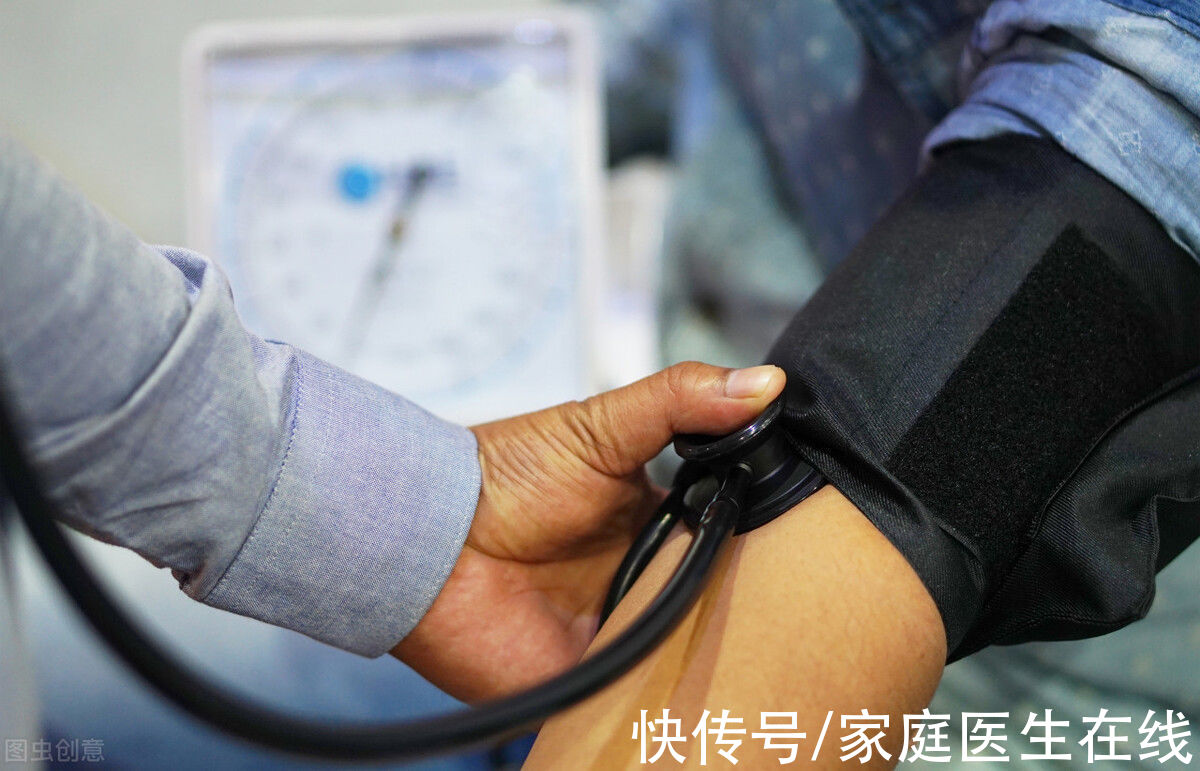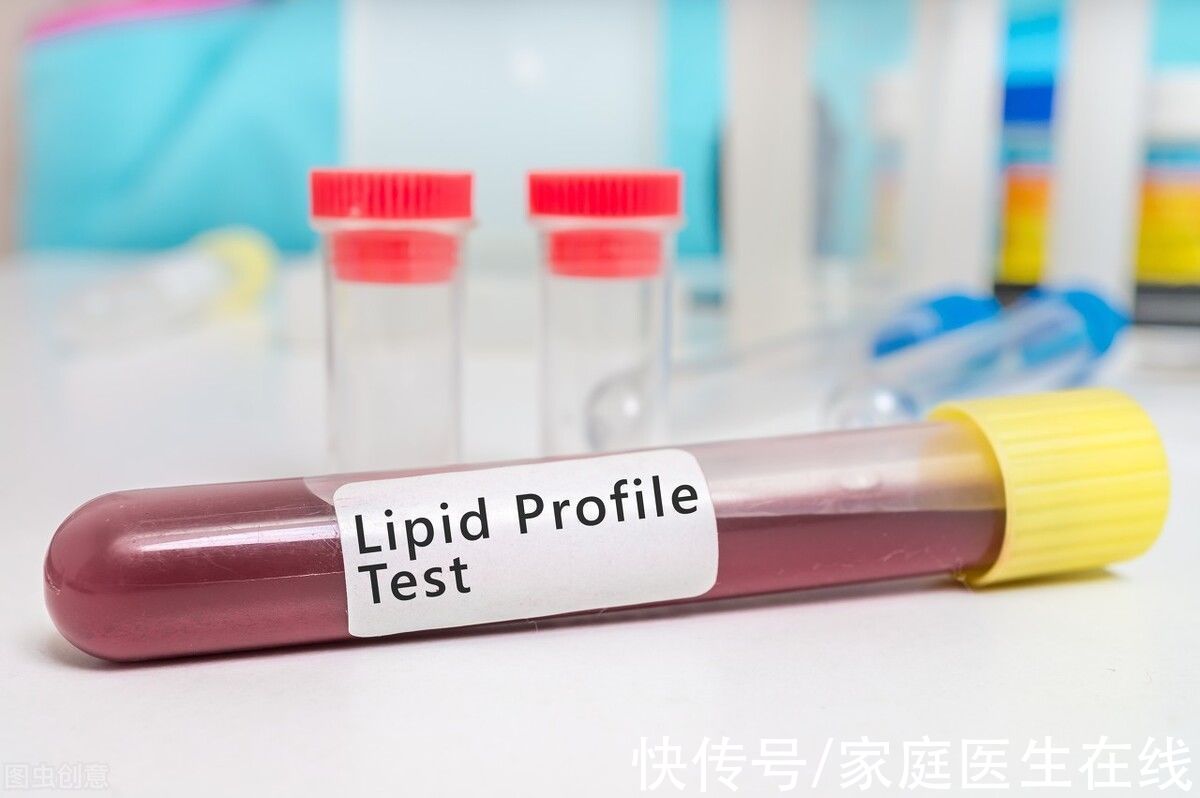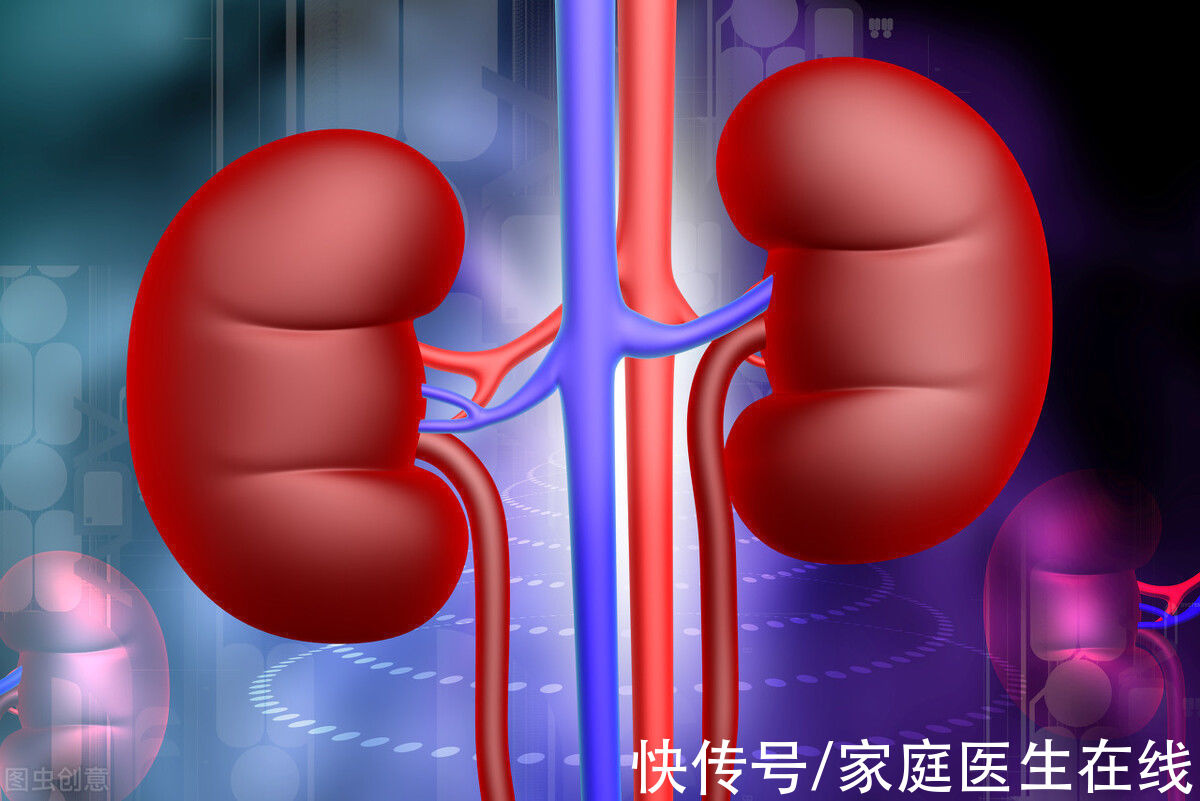Diabetic nephropathy, as the name suggests, is caused by diabetes, and it is one of the most common complications. In addition to being related to genetics, obesity, hypertension, hyperglycemia and hyperlipidemia in diabetic patients will also promote the occurrence and development of diabetic nephropathy, leading to the development of renal failure or uremia. As long as the following indicators are actively managed, diabetic nephropathy can be prevented.

What indicators should be controlled to prevent diabetic nephropathy?
1. Body mass index
Actively adjust your lifestyle, ensure a balanced nutrition, and strictly control the daily For total calorie intake, only eat 7-8 minutes per meal to be full, to avoid excessive obesity and increase the burden on metabolism. Maintain moderate exercise, the daily amount of exercise should reach more than 30 minutes, and control the body mass index between 18.5 and 23.9. A high-protein diet is not allowed, and the daily protein intake cannot exceed 0.8 grams per kilogram of body weight.
2. Blood pressure
Hypertension is the driving force of diabetic nephropathy, so diabetic patients should Monitor blood pressure, take antihypertensive drugs strictly according to the doctor’s instructions, and control blood pressure below 130/80 mHg. The antihypertensive drugs of sartans or prilins are good choices. In addition to lowering blood pressure, they can also reduce proteinuria, thereby delaying the decline of renal function.

3, blood sugar
The root cause of diabetic nephropathy is the high blood sugar. As long as the blood sugar is kept stable, kidney damage can be prevented to the greatest extent. If the blood sugar is not well controlled or the blood sugar fluctuates too much, and low blood sugar occurs repeatedly, it is necessary to inform the attending doctor in time and adjust the dosage appropriately.
4. Blood lipids
Hyperlipidemia can induce diabetic nephropathy, especially with cardiovascular disease Patients with complications should actively adjust their lifestyles, stay away from high-cholesterol foods, exercise more, and take blood lipid-lowering drugs if necessary.

How should patients with diabetic nephropathy choose hypoglycemic drugs?
The stages of renal insufficiency are classified according to the glomerular filtration rate. Usually, insulin does not affect renal function, and patients at all stages can be injected with insulin. However, it is worth reminding that renal insufficiency can affect insulin clearance, causing insulin to accumulate in the body, resulting in hypoglycemia. Therefore, patients with renal insufficiency should appropriately reduce the amount of insulin.

- Profiled urine volume by glomeruliFor those who are more than 60ml, you can choose any kind of oral hypoglycemic drug; , glyburide cannot be taken;
- the amount of raw urine produced by the glomeruli is 30-44 ml, except In addition to glyburide, metformin or glimepiride cannot be selected; >, acarbose or glipizide and saxagliptin should not be used;
- the amount of original urine produced by the glomeruliless than 15ml
When strong>, the oral hypoglycemic drugs that can be selected include sitagliptin, linagliptin and repaglinide, etc. However, during the medication period, the renal function is frequently monitored and the medication dose is adjusted actively.

Message from the doctor
It takes at least 10 years to develop from diabetes to diabetic nephropathy ~20 years, but some diabetic patients have insidious onset, and a period of time has passed since the diagnosis of diabetes, so the time to develop diabetic nephropathy is shortened. In the early stage of diabetic nephropathy, there will be symptoms of microalbuminuria, that is, there is a layer of fine foam in the urine. Therefore, patients with diabetes should do regular kidney screening, pay more attention to the level of urine protein, and frequently measure the amount of urine albumin.
Family doctor online feature, unauthorized reprint